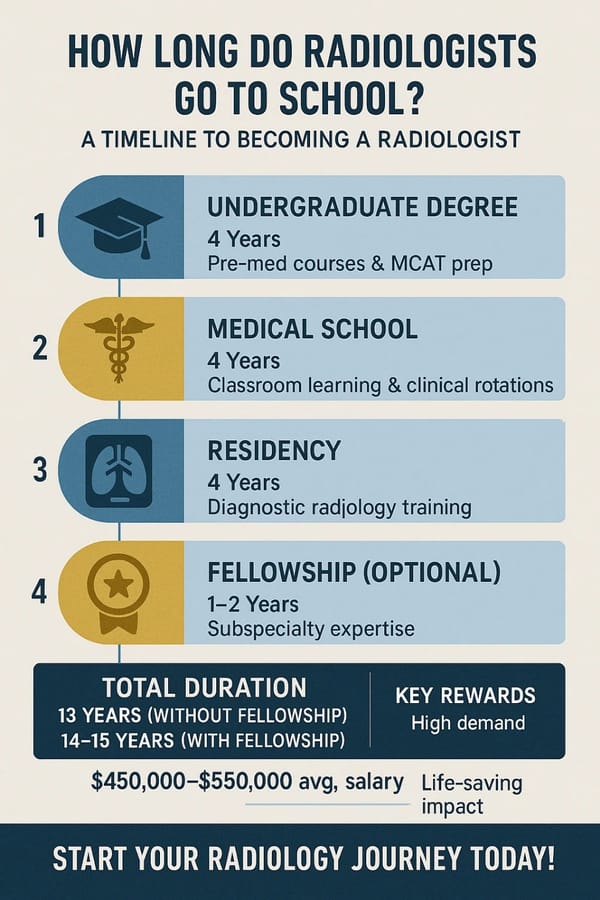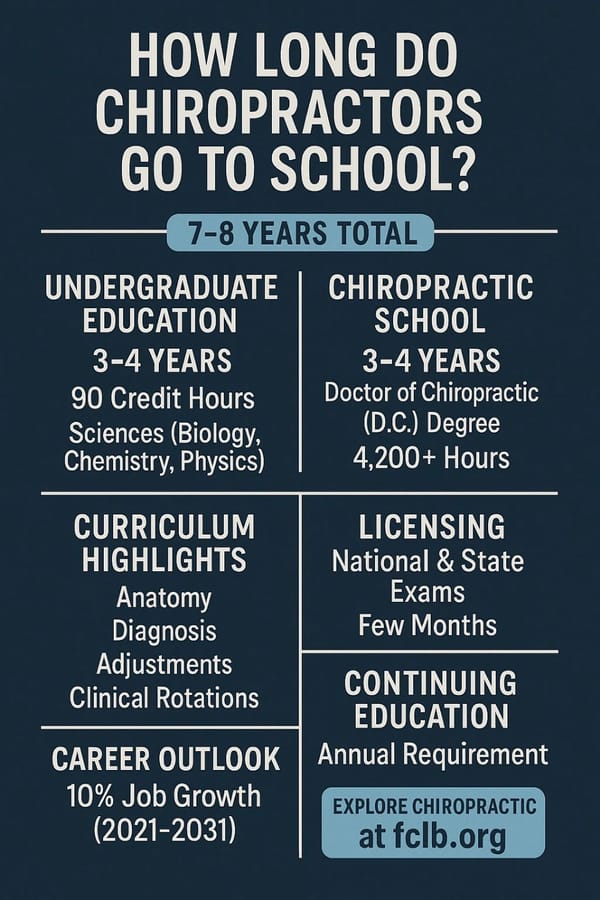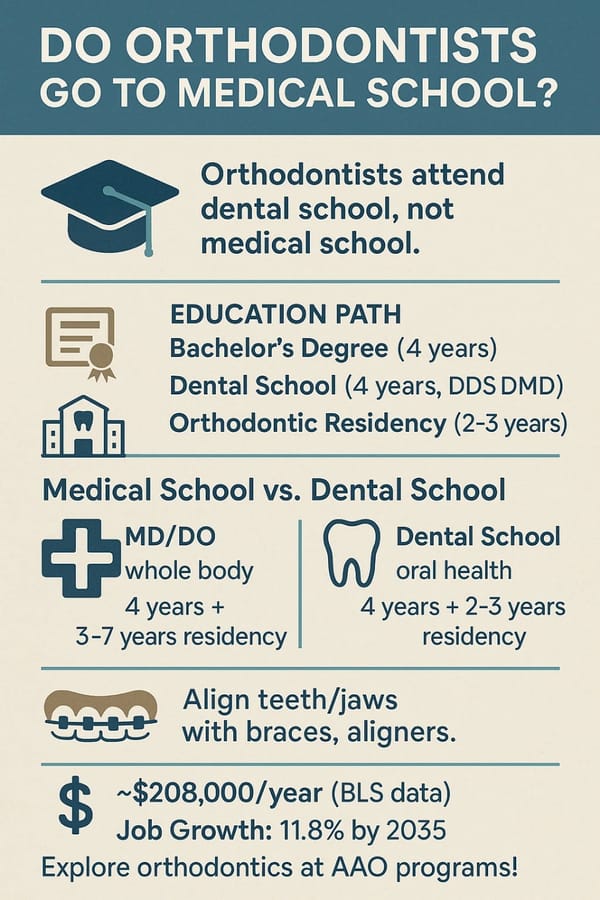Do Physician Assistants Go to Medical School? A Deep Dive into PA Education
At a crucial career decision point, you feel conflicted between the passion to aid patients and the real-world implications of time and cost required for medical training. You've heard about physician assistants (PAs)—vital healthcare professionals who diagnose, treat, and care for patients—but a burning question lingers: Do physician assistants go to medical school? Many prospective healthcare workers find this question intriguing because the answer cannot be reduced to just yes or no. This article will explore the educational process of becoming a physician assistant while comparing it to medical school and examining why this option could suit your career goals. Students considering healthcare careers and those interested in learning about health professions should join us as we explore this field!
What Is a Physician Assistant?
Physician assistants hold licenses in the medical field and support physicians by providing high-quality patient care. PAs perform multiple tasks, such as conducting exams and prescribing medications, which makes them essential in hospitals, specialty practices, and clinics. According to the American Academy of Physician Associates, in the United States, 178,700 physician assistants take part in more than 514 million patient visits annually[1]. Physician assistants play a crucial role in healthcare by connecting clinical expertise with patient relationships, especially in primary care and underserved areas.
But how do they get there? Let’s clear up the main question: Physician assistants do not attend medical school to obtain their degrees, unlike doctors.
The Straight Answer: PAs Don’t Go to Medical School
Physician assistants complete their education through a different program than physicians, who obtain MD or DO degrees from medical school. PAs obtain their advanced degrees through a master’s program that spans 2-3 years and receives accreditation from the Accreditation Review Commission on Education for the Physician Assistant. The physician assistant program demands rigorous effort yet requires less time than the medical school path followed by doctors, which includes four years of study followed by 3 to 7 years of residency. During my gap year, I shadowed a physician assistant to observe how their training allows them to enter patient care confidently through a blend of medical knowledge and practical abilities.
What steps make up the physician assistant educational journey? Let’s break it down step by step.
The Educational Path to Becoming a PA
To become a PA requires following a structured series of steps, which develop clinical competence. Here’s how it unfolds:
Step 1: Earn a Bachelor’s Degree
PA programs mandate applicants to have completed a bachelor’s degree, which should be in a science discipline such as biology or chemistry. Prerequisite coursework in anatomy, physiology, and microbiology is required before starting PA studies. Consider this step as building a strong base, similar to constructing a house foundation. The standard duration to complete the program is four years, but certain accelerated programs are available for students who want to move faster.
Step 2: Gain Clinical Experience
Applicants to PA school must accumulate hands-on experience that totals at least 1,000 hours before applying. Positions such as EMT, medical assistant, or nursing aide provide hands-on experience, which exposes you directly to patient care. According to Forbes Advisor, gaining clinical experience serves as a critical step for developing professional skills and demonstrating your dedication[2]. Working as a volunteer at a clinic taught me about the collaborative work environment that PAs depend on, and this understanding remains with me.
Step 3: Complete a Master’s in PA Studies
Physician assistant programs holding ARC-PA accreditation merge academic instruction with practical clinical rotations. Your education will cover medical sciences and pharmacology alongside ethics before you begin clinical rotations in specialties such as pediatrics and surgery. Programs like those at Mayo Clinic College of Medicine & Science demonstrate how physician assistants receive practical training to fulfill multiple healthcare roles. A commitment of 2-3 years of challenging work will yield rewarding results.
Step 4: Pass the PANCE and Get Licensed
After graduation, physician assistant candidates must sit for the Physician Assistant National Certifying Exam (PANCE), which lasts 5 hours and includes 300 questions. Passing earns you the PA-C credential. State licensure requirements vary by location but typically require applicants to obtain a National Provider Identifier (NPI) and DEA registration. The California Department of Consumer Affairs explains the steps PAs take to meet legal practice requirements.
A brief overview of the educational timeline for physician assistants follows:
| Step | Details | Duration |
|---|---|---|
| Bachelor’s Degree | Focuses on science subjects such as anatomy and chemistry | 4 years |
| Clinical Experience | Over 1,000 hours of hands-on experience as an EMT or medical assistant | 1-2 years |
| Master’s in PA Studies | Spans 2-3 years and offers clinical rotations as part of its accredited curriculum | 2-3 years |
| PANCE & Licensure | Successfully complete the 5-hour PANCE exam, gain state licensure, NPI/DEA registration | A few months |
PA School vs. Medical School: Key Differences
Understanding their different roles comes from recognizing the key distinctions between PA school and medical school. Let’s explore the differences:
Duration and Commitment
Students must complete four years of medical school post-bachelor’s degree and then finish residency training, which ranges from three to seven years, before they can practice independently. PA programs require only 2-3 years for completion, which allows students to begin their professional careers earlier. According to U.S. News, the condensed educational period of PA programs attracts individuals who want to make a difference quickly without extensive training periods.
Curriculum Focus
Medical school provides intensive study across research and specialized domains while teaching thorough medical theory to enable doctors to make independent clinical decisions. PA programs focus on practical healthcare delivery through teams while teaching students supervised diagnostic and therapeutic skills. According to the American Medical Association, PA training develops abilities that support physicians through collaborative practice[3].
Cost and Accessibility
PA programs cost less because they usually take less time to complete, which helps decrease student debt. Medical school requires more time to complete, which leads to higher costs, but physicians eventually earn higher salaries that compensate for these expenses. Students who prioritize budget-friendly education options can start a healthcare career by choosing the PA path.
Scope of Practice
Physician assistants operate under physicians who supervise them while they perform tasks such as writing prescriptions and helping during surgical procedures. Medical doctors typically begin independent practice after completing their residency programs, particularly within specialized medical sectors. Though both medical professionals serve essential functions, their educational paths prepare PAs for teamwork and physicians for leadership roles.
Why Choose the PA Path?
The PA profession stands out because it provides unique benefits, which make it an attractive choice:
- After six to seven years from high school graduation, PAs treat patients, while physicians need over eleven years to reach patient treatment capability.
- PAs have the opportunity to transition between specialties without undergoing further residency training, moving from dermatology to emergency medicine.
- The U.S. Bureau of Labor Statistics predicts a 28% increase in physician assistant jobs from 2023-2033, demonstrating high demand for PAs, with primary care being most affected.
- PAs benefit from flexible scheduling options, which help them maintain a healthy work-life balance. My PA mentor appreciated her part-time work schedule because it allowed her to spend time with her family.
The median salary for PAs reached $130,020 in 2023, while top earners made more than $170,790, as per the U.S. Bureau of Labor Statistics. The average salary for PAs in California is $144,520, but there are state-specific variations, according to The Physician Assistant Life.
Challenges and Considerations
No path is perfect. The admissions process for PA school demands both excellent academic performance and significant time spent in clinical work. Students face extreme workloads while trying to manage both academic requirements and practical rotations. The practice of PAs is restricted by scope-of-practice limits that require physician supervision, which can be perceived as limiting by some practitioners. Those who appreciate collaborative work will see teamwork as an advantage rather than a hurdle.
During my shadowing experience, I observed how a PA managed a busy ER shift by coordinating flawlessly with doctors. Her work was far from glamorous, yet her patient rapport and management of difficult cases proved inspirational. If you’re thinking about becoming a PA, you should evaluate the requirements and benefits, since the benefits will likely stand out.
What’s Next for Aspiring PAs?
Begin planning your journey if the physician assistant career path appeals to you:
- Prospective students should identify ARC-PA-accredited programs that offer robust clinical partnerships.
- Gain important work experience by volunteering or working within the healthcare sector.
- Develop professional relationships with PAs through job shadowing programs and organizational memberships such as AAPA.
- Continue your education on healthcare trends to enhance your application profiles.
The Harvard Extension School provides a detailed guide to these steps, focusing on thorough preparation and continuous perseverance.
Conclusion: Your Path to Impact
Physician assistants do not complete medical school but instead pursue specialized master’s programs. PAs follow a separate educational route through master’s-level programs, which enable them to start impactful careers. The educational path for physician assistants combines academic rigor and practical training to enable them to work with patients alongside doctors while meeting the expanding demands of healthcare. The PA profession shines for care-driven individuals through robust salaries and flexible job options while bypassing the extended duration of medical school.
Ready to explore this path? Discover more about the PA profession through the American Academy of Physician Associates or by shadowing a PA near you. You can start your healthcare career today because it requires only a few initial steps!
The rising demand for healthcare accessibility has propelled PAs into a more significant role within the U.S. medical system. ↩︎
Students gain empathy and resilience from clinical experience while fulfilling their educational program requirements. ↩︎
The collaborative model leads PAs and physicians to function as teams, which results in improved patient outcomes. ↩︎






